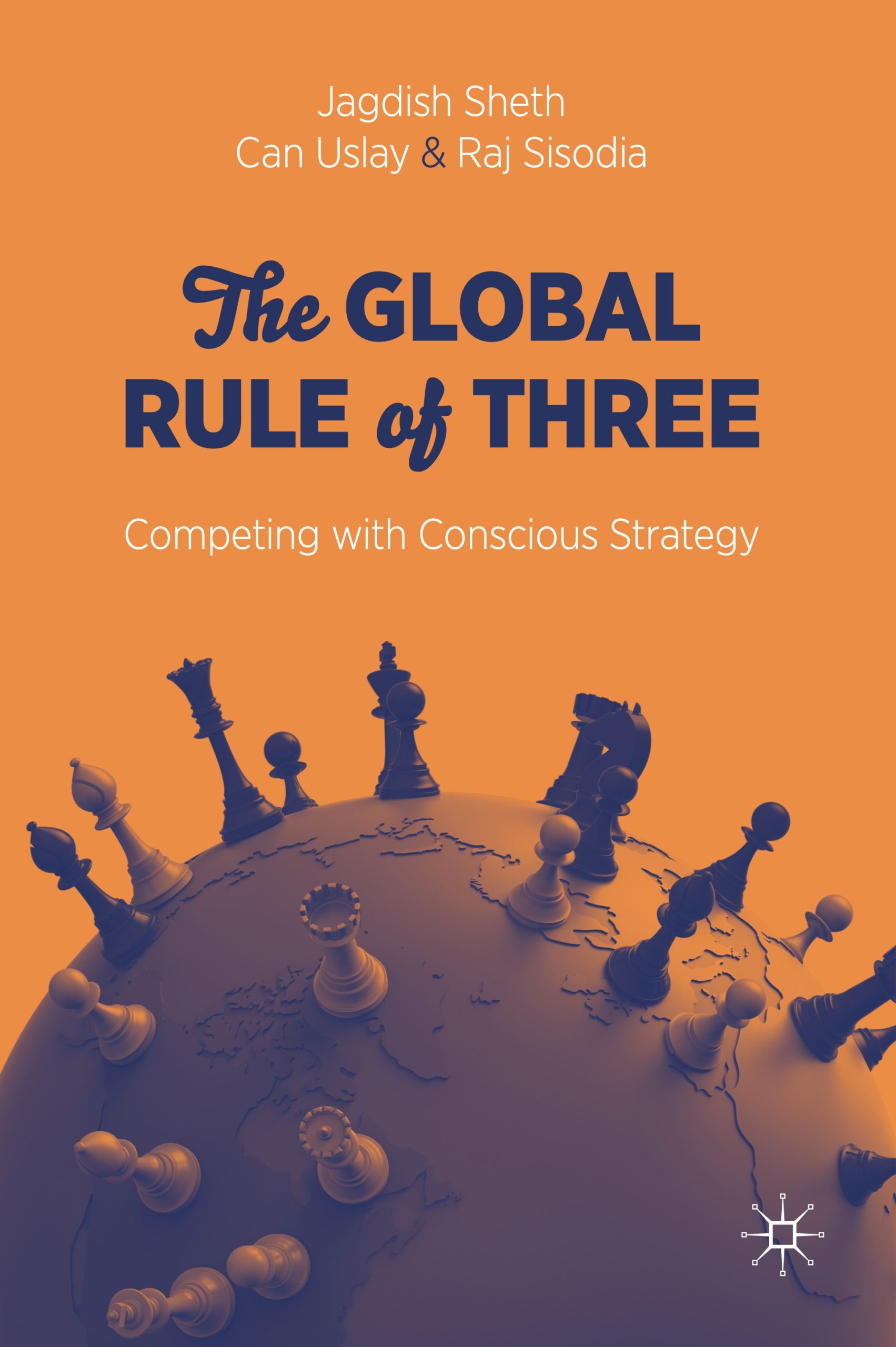In our increasingly digital, mobile, and global world, the existing theories of business and economics have lost much of their appeal with the phenomenal rise of Chindia, the reality of Brexit, and the seismic shifting of the global center of gravity from west to east. In the area of innovation, the traditional thinking that a developed country, often the US, will come up with the next major innovation, launch at home first, and then take it to other markets does not ring true anymore. Similarly, the world where conglomerates from advanced economies go bargain-hunting for acquisitions in emerging markets has been turned upside-down.
This book reveals and illustrates the Global Rule of Three phenomenon, which stipulates that in competitive markets only three companies (which the authors call “generalists”) can dominate the market. All other players in the market are specialists. Further, whereas the financial performance of generalists improves as market share increases, specialist companies see a decrease in financial performance as their market share increases, as the latter are margin-driven companies. This theory powerfully captures the evolution of global markets and what executives must do to succeed. It is based on empirical analyses of hundreds of markets and industries in the US and globally. Competitive markets evolve in a predictable fashion across industries and geographies, where every industry goes through a similar lifecycle from beginning to end (or revitalization). From local to regional to national markets, the last stop in the evolution of markets is going global. The pattern is so consistent that it represents a distinct and natural market structure at every level. The authors offer strategies that generalists and specialists should follow to stay competitive as well as twelve expansion strategies for global companies from emerging markets.
This book chronicles this global evolution and provides impactful managerial implications for executives and students of marketing and corporate strategy alike.


